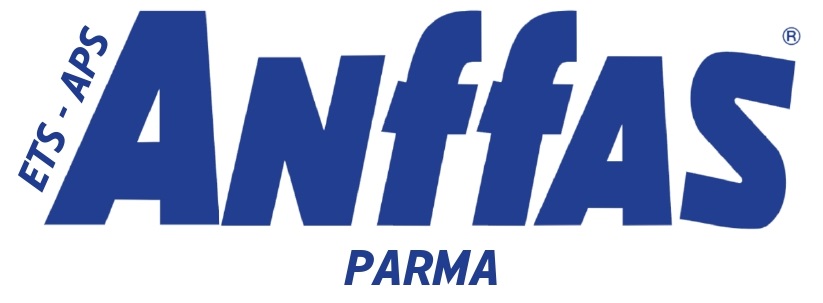The Anffas Parma sector, the ‘Dopo di noi’ co-op, the Consorzio Solidarietà Sociale, and the Associazione Traumi, with the fundamental help of a number of professionals have set up a Trustee Foundation whose aim is to propose to the disabled, their families, and friends a new instrument capable of guaranteeing home care for the disabled, or, as art. 2 of the Statute states:
– “to enable people to live in a home (which for some may be the home of origin) with a small group of other people, in an atmosphere of hospitable coexistence and
full of opportunities for friendship, creating an environment and hospitable sharing as similar as possible to those of a serene family”.
– “to formulate and implement for each disabled person a global individualized project that takes into account: health, learning, sociability, affectivity, work, free
time, the development of individual independence and any rehabilitation and rehabilitation needs”.
To achieve its aims, the Fondazione uses various tools.
The first tool is the Fondazione itself, which, according to Italian law, is an entity capable of owning assets and managing them, but subject to various rules that allow
public bodies (in this specific case the Emilia-Romagna Region) to control its management and compliance with the objectives set out in its Statute.
The other tool, the operational one, which characterizes the Trustee Foundation, is precisely that of being able to be a Trustee, i.e. to be the subject of a Trust contract,
which entrusts it with other people’s assets for a specific purpose.
The Trust is a type of contract that does not yet exist in Italian law, but only in Anglo-Saxon one. This more flexible and versatile type of contract can be used in Italy as a result of a European convention, also signed by Italy.
The Trustee contract in favour of disabled persons provides for the simultaneouspresence of the following subjects: – The Disposers, i.e. the parents (or also other persons) who set up the Trust and transfer movable or immovable property to the Trustee, so that he/she can use it to assist the disabled person over the years;
– The Beneficiaries, i.e. in our case the disabled person who will benefit from the income or any utility obtainable from the assets transferred (e.g. the right to live). There may also be final beneficiaries (e.g. siblings) who, at the end of the Trust (death of the disabled person), will take possession of the assets transferred with the Trust.
– The Trustee, i.e. a person linked to the settlors by a relationship of trust, who is responsible for the care, maintenance, support and collective protection of the disabled person over the years. The Trustee may be one or more natural persons or even an association or a Foundation.
– The Guardians of the Trust, i.e. the individuals called upon to supervise the work of the Trustee and collaborate with the latter to ensure that the guardianship of the disabled person is carried out in the manner indicated by the settlors.
Disabled people, at whose service the Foundation intends to place itself, need a wide range of services. The Foundation does not consider it appropriate, in principle, to manage these services directly, but thinks it would be appropriate to entrust them (on the basis of appropriate contracts and agreements) to external operating entities (cooperatives, companies, etc.). The Foundation will thus be able to better implement its aims, exercising functions of guidance, agreement, and control of the activities carried out by these external entities to which most of the services will be entrusted.
WEBSITE:


 English
English Italiano
Italiano Easy To Read
Easy To Read